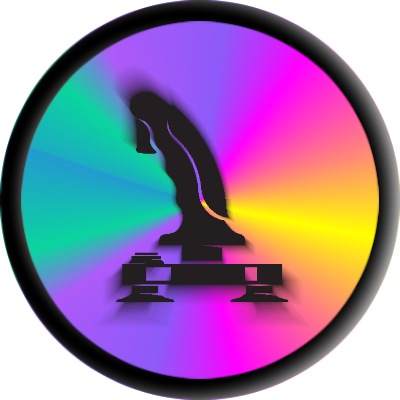

Desktop or mobile?
I’ve recently started using Floorp and I like it a lot. It’s a Firefox fork with more customization options and improved privacy (though not to the level of Librewolf). I don’t remember if it has the button you want to remove since I’ve never used that feature or cared about it.








Gunpla gives me great joy, until I look at my bank account.